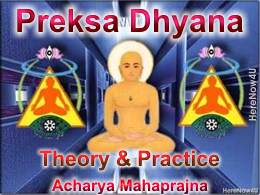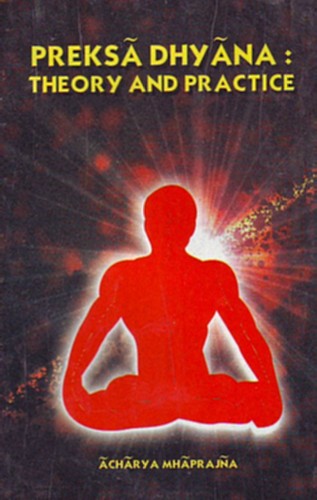
Practice of relaxation is the direct and harmless way of relaxing tension. One cannot hope to enjoy either health or happiness so long as one is under the insidious influence of tension, in spite of possessing amenities and luxuries of life. Anybody who, after learning the technique, practises systematic relaxation everyday for 30 to 45 minutes would remain relaxed and unperturbed in any situation.
For proper appraisal of relaxation, we must know the muscular functions. The muscle may be compared to an electro-magnet and the nerve, which stimulates it to action to an electric wire, which connects it to the brain.
During sleep, very little current circulates in the nerves, and the muscles are almost demagnetised. When one is resting, a weak current flows through the nerve, barely magnetizing the muscles, which are in a quiescent state. Whenever one moves or is engaged in some physical activity, the current increases and the muscles contract.
All the three states, described above, normally occur many times a day. The fourth state, abnormal yet frequent, is the state of hypertension. Perpetually tightened jaws, clenched teeth, frowning brows and hardened stomach-muscles are some of the visible signs of this state. In this state, the electro-magnets are over- magnetized by a strong current, leaving muscle-groups in a state of permanent contraction, quite often unnecessarily. Now, by conscious and voluntary action, it is possible to switch off the current to the muscles, more efficiently than in sleep. Actually our sleep is seldom refreshing because the unresolved problems of the daytime intrude at night and we tend to work them out at a deeper level. Thus, our sleep hardly serves its function of relaxing us. In total relaxation, on the other hand, the flow of current may be reduced to almost nil and the output of energy to the minimum.
 Acharya Mahaprajna
Acharya Mahaprajna

